
Could the best evidence yet for Martian life be held captive in a rock? NASA’s new peer-reviewed findings from the Perseverance rover indicate just that and while the agency goes to great lengths to downplay caution, the details are kindling hot debate in the planetary science community.
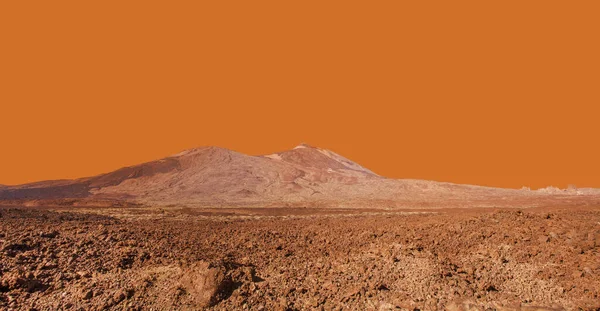
For decades, Mars was the leading candidate in the search for extraterrestrial life by humans. Now, a assemblage of chemical evidence, mineral textures, and organic molecules from Jezero Crater’s ancient lakebed is making compelling hints that the Red Planet once had microbial ecosystems. The discovery is not a discovery of life, but it is a milestone that scientists say is deserving of attention. Following is a closer look at seven of the most intriguing aspects of this find from the “leopard-spot” rocks possibly containing biosignatures to the extreme Earth conditions informing the search.
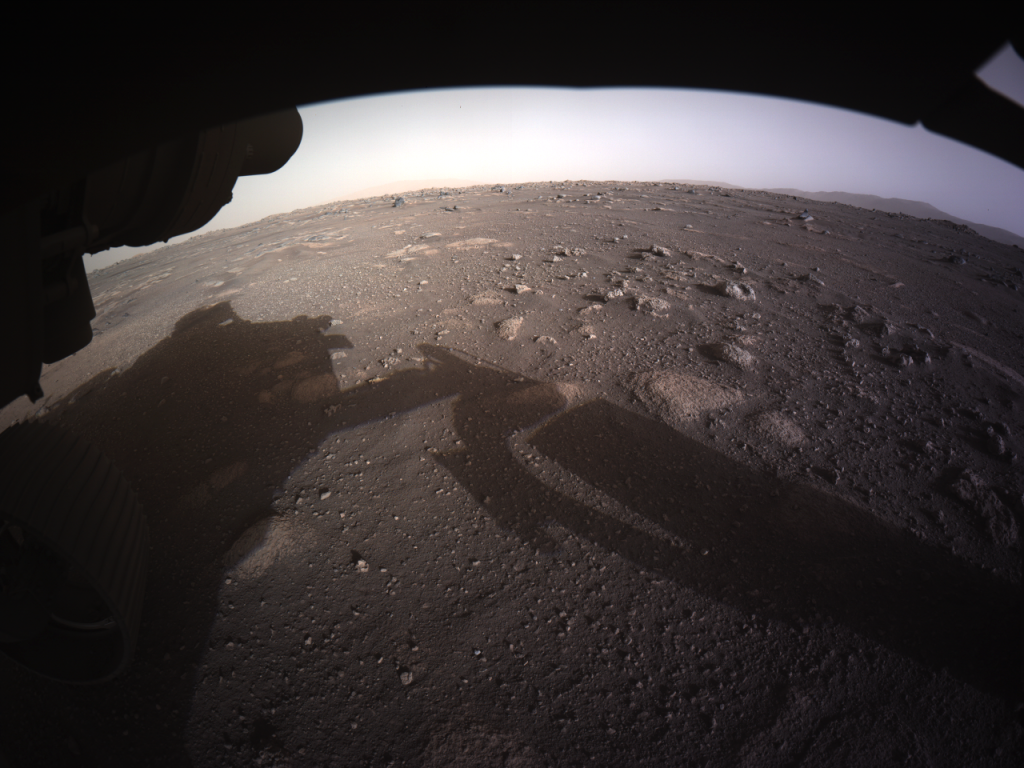
1. The Leopard-Spot Rocks of Jezero Crater
Caught in the middle of the new find is a sample of mudstone taken from a site called Cheyava Falls in the Bright Angel formation. Perseverance’s tools revealed round reaction fronts so-called “leopard spots” with rims of vivianite, an iron phosphate, surrounding cores of greigite, an iron sulfide. On our planet, both minerals are known to form by microbially mediated redox reactions in seafloor sediments. The pattern’s resemblance to terrestrial microbial reduction halos has led lead author Joel Hurowitz to call it “the most compelling potential biosignature detection that we’ve had to date.” While abiotic processes can also produce these minerals, the absence of high-temperature or acidic alteration in the host rock makes non-biological explanations harder to fit.
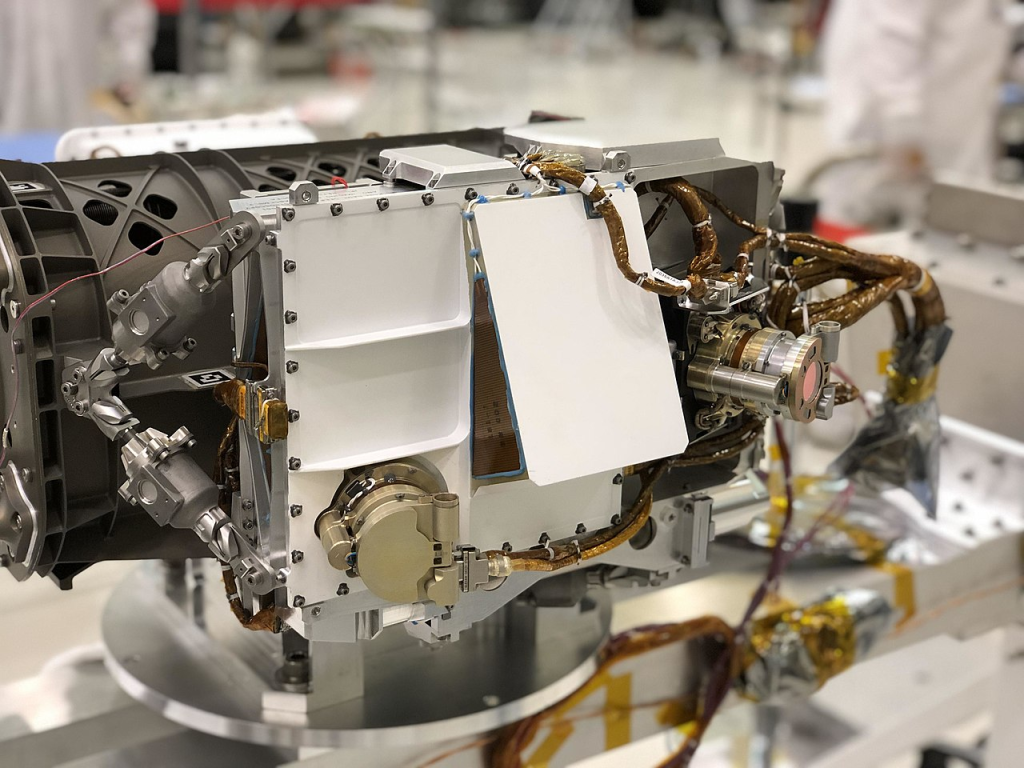
2. Organic Molecules in Ancient Lake Sediments
Perseverance’s SHERLOC instrument detected indications of carbon-based molecules in a number of Bright Angel targets, like Cheyava Falls. Those organics, when plotted along with phosphate, iron, and sulfur, recur in the same spatial relationships. Organic molecules can be present without life, delivered by meteorites or abiotic chemistry, but the occurrence of the molecules in close spatial association with minerals like vivianite and greigite strengthens the case for a biological origin. As Nicky Fox, NASA’s Science Mission Directorate chief, noted, “It’s not life itself… but this very well could be the clearest sign of life that we’ve ever found on Mars.”
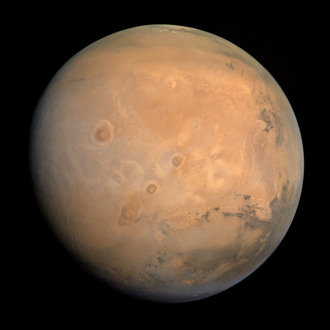
3. Lessons From Earth’s Extremes
Research in Mars analog environments on Earth from Antarctica’s ice to Costa Rica’s ultra-acidic Laguna Caliente shows that microbes can adapt to conditions once thought uninhabitable. In Laguna Caliente, a single-culture of Acidiphilium bacteria at pH below 1.5 and fluctuating temperatures up to 90°C. Such experiments reveal survival strategies, like protective biofilms and adapted metabolisms, that can also operate in Martian hydrothermal or sedimentary conditions. These analogies tell us where and how to search for biosignatures on Mars.
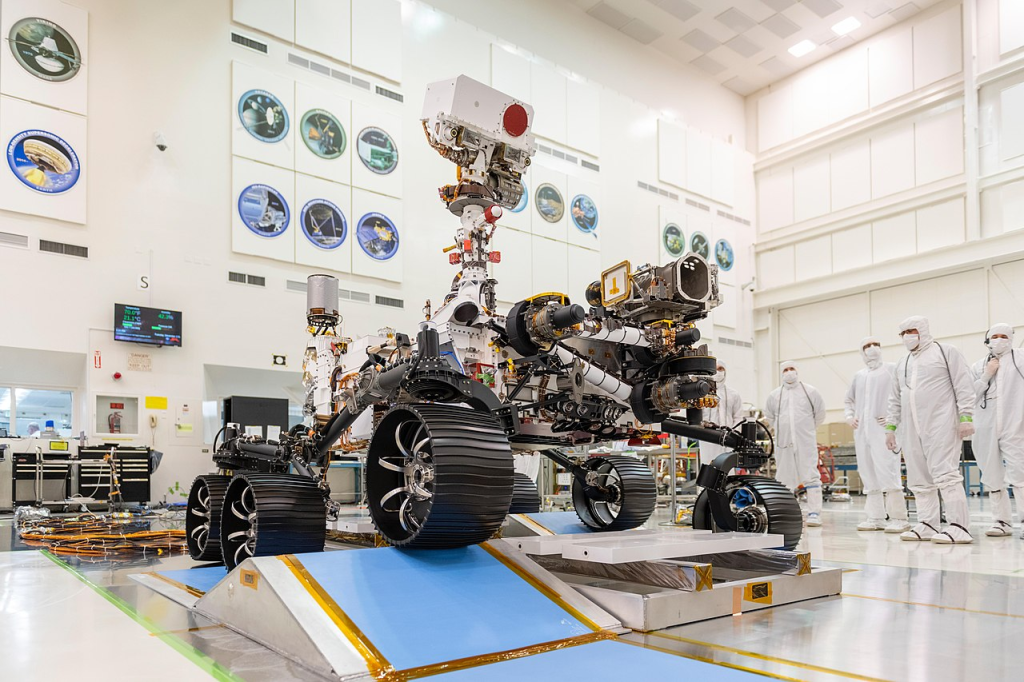
4. The Precision Toolkit of the Perseverance Rover
Two instruments were instrumental in the discovery: PIXL (Planetary Instrument for X-ray Lithochemistry) mapped elemental compositions at small spatial scales, and SHERLOC (Scanning Habitable Environments with Raman & Luminescence for Organics & Chemicals) identified organics and mineral pairs. High-resolution imaging revealed the microtextures, and Raman spectra recognized the G band signature of carbon. In combination, this allowed scientists to link chemistry, mineralogy, and texture a triad that is fundamental in determining potential biosignatures.

5. Why NASA Asks for Caution
Long-time proponent of a stepwise process for considering claims of life detection is former NASA Chief Scientist Jim Green. The agency now uses the Confidence of Life Detection (CoLD) scale, beginning with detection of a possible signal and progressing through elimination of contamination and abiotic sources before reaching high-confidence thresholds. As JPL’s Katie Stack Morgan once explained, “Astrobiological claims require extraordinary evidence.” The Bright Angel finds take an early place on this spectrum promising, but not persuasive whatsoever.
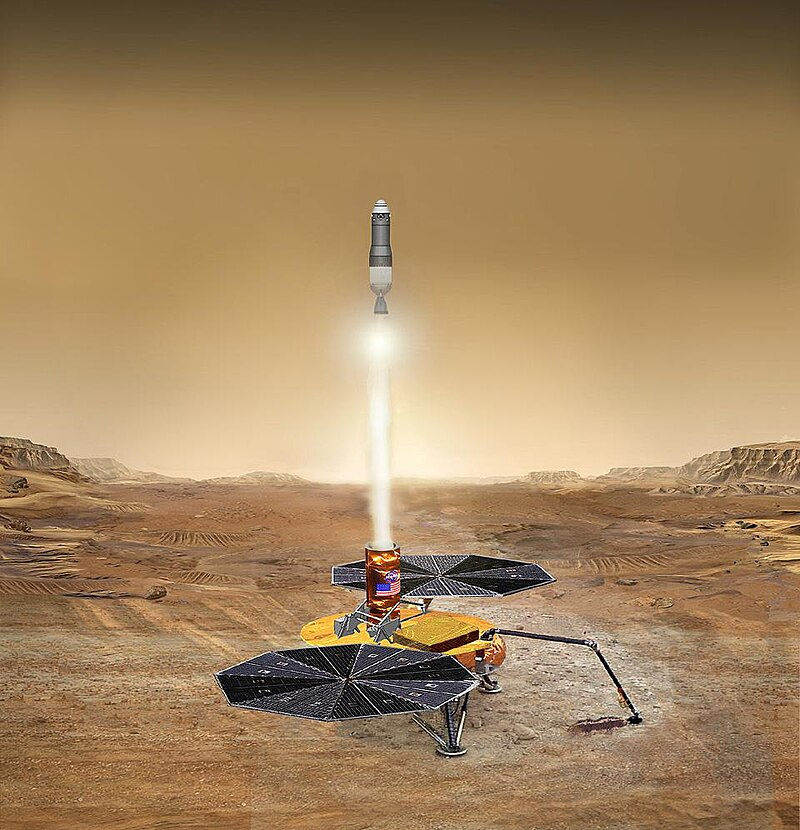
6. The Promise and Danger of Mars Sample Return
Rock cores like the “Sapphire Canyon” from Cheyava Falls are encapsulated on Perseverance for potential return to Earth. Lab research here could characterize isotope ratios, microtextures, and organic morphologies with considerably greater precision than rover science allows. Nonetheless, the Mars Sample Return mission, a collaborative endeavor by NASA and ESA, is in budget purgatory even as the potential for returning what acting NASA Administrator Sean Duffy termed the closest we have ever come to finding life on Mars.
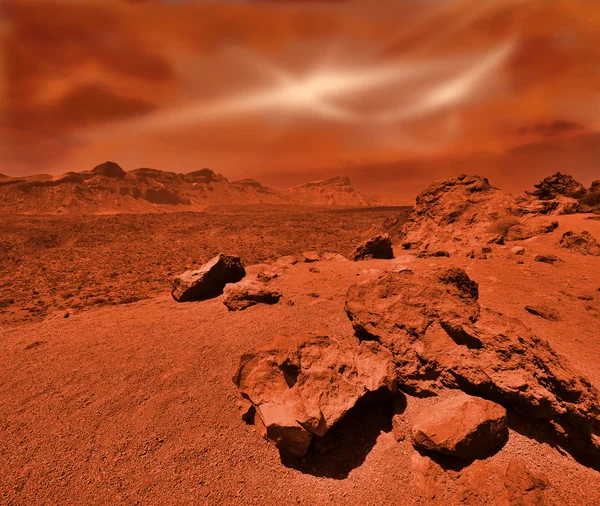
7. Extending Mars’ Habitability Timeline
Among the surprises is that Bright Angel rocks are among the youngest sedimentary deposits examined by Perseverance. That means conditions life-friendly liquid water and chemistry capable of supporting life could have persisted longer in Mars history than believed. If that’s the case, that would extend the time window over which microbial life could have emerged or survived, and expand the range of places where future missions could search.
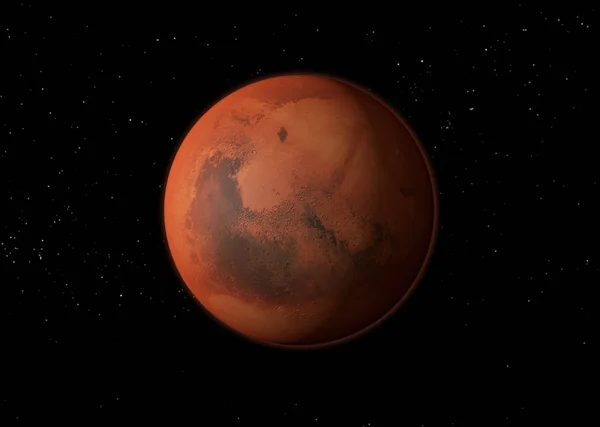
The mineral mysteries and organic signatures of the Bright Angel formation have not answered the question of Martian life but they’ve redirected it. By combining in situ rover science with what has been discovered from the Earth’s extremes and with a strictly disciplined methodology for interpreting results, NASA is building a case step by step. Irrespective of whether the “leopard spots” are the product of ancient microbes or a product of anomalous chemistry, the path forward is clear: return the samples, examine them carefully, and let evidence rule.

